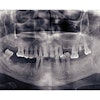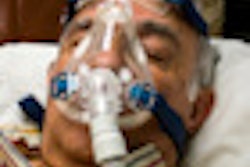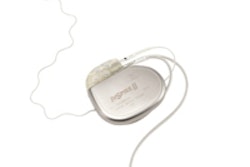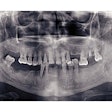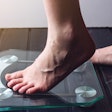People with obstructive sleep apnea (OSA) have more noncalcified plaque in their coronary arteries, according to a study presented November 30 at the Radiological Society of North America (RSNA) annual meeting in Chicago.
"Our study reveals that individuals with obstructive sleep apnea are prone to developing an aggressive form of atherosclerosis that puts them at risk for impaired blood flow and cardiovascular events," said U. Joseph Schoepf, MD, a professor of radiology and medicine and director of cardiovascular imaging at the Medical University of South Carolina, in a press release.
OSA is caused by obstruction of the upper airway during sleep and is characterized by periodic pauses in breathing, which last for 10 or more seconds. OSA is also commonly associated with snoring. According to the National Heart, Lung, and Blood Institute, millions of Americans have OSA, and approximately half of them are overweight.
In the study, 49 obese patients (mean age 61) with OSA and a mean body mass index (BMI) of 33, and 46 obese patients without the disorder (mean age of 60 and mean BMI of 30) underwent coronary CT angiography, which provides detailed pictures and information on plaque buildup and narrowing in the vessels. The OSA group included 26 men and 23 women, and the matched control group included 22 men and 24 women.
The imaging revealed that the amount of calcified plaque in the coronary arteries was not significantly different between the two groups, but the overall composition of vessel plaque was notably different.
"Compared to the non-OSA group, the patients with OSA had a significantly higher prevalence of noncalcified and mixed plaque," Dr. Schoepf said.
Noncalcified plaque is considered bad plaque because it is more vulnerable to rupturing and causing a blood clot, which could lead to a heart attack or other cardiovascular event.
In this study, patients with OSA also had a significantly higher prevalence of vessel narrowing and more extensive vessel involvement; 88% had narrowing in at least one vessel, compared with 59% of non-OSA patients. One-third of OSA patients had narrowing in four vessels.
Copyright © 2010 DrBicuspid.com



